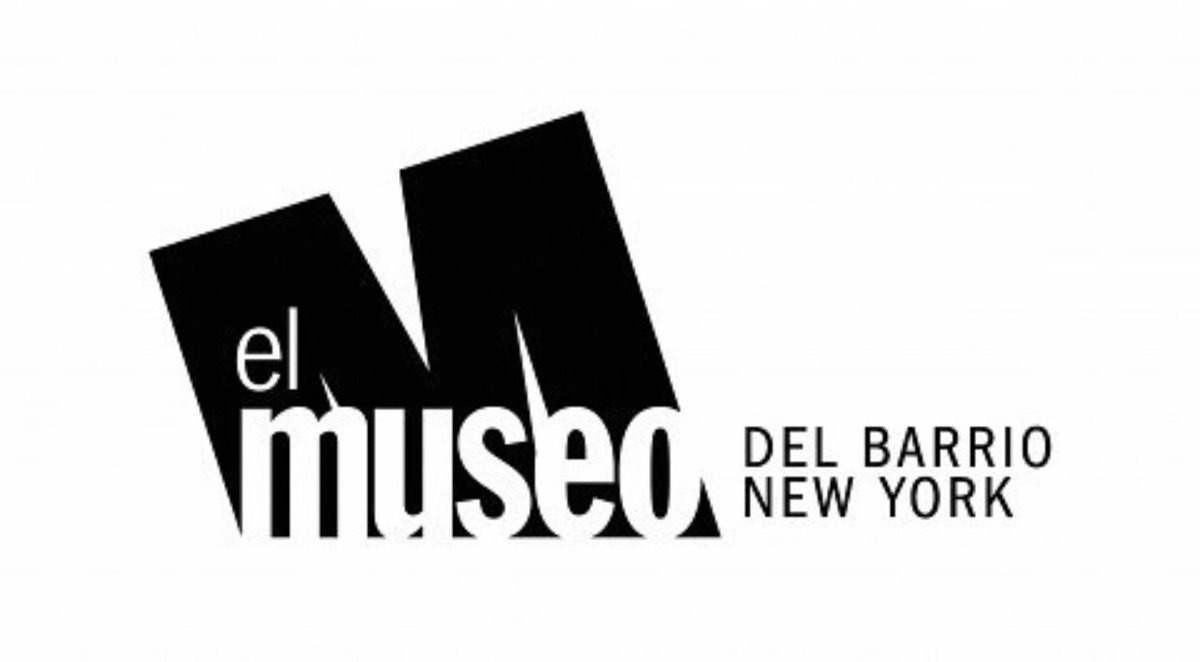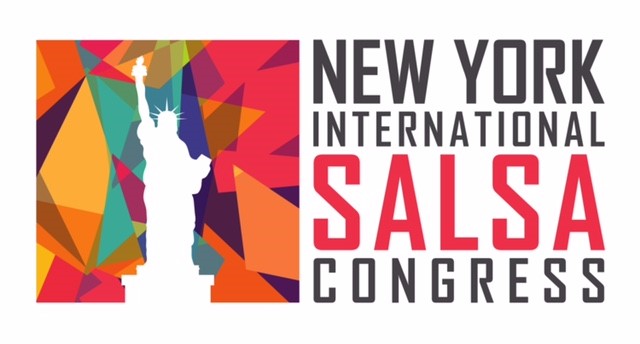Rhythm & Power: Salsa in New York
Exhibition and experiential program series illuminating salsa as a social movement from the 1960s to today. The story of New York salsa—an up-tempo performance of percussive Latin music and Afro-Caribbean-infused dance is one of cultural fusion, artistry, and skilled marketing. Rhythm & Power: Salsa in New York illuminates salsa as a social movement from the 1960s to the present, exploring how immigrant and migrant communities in New York City most notably from Cuba and Puerto Rico nurtured and developed salsa, growing it from a local movement playing out in the city’s streets and clubs into a global phenomenon. The exhibition looked at the role of record companies and stores in supporting and promoting the movement, and salsa’s often-overlooked ties to activism in the city. Rhythm & Power featured dance costumes and musical instruments from some of salsa’s leading figures, as well as audio and video that bring the sounds and movement of salsa to life. A few of the objects exhibited included items from: Eddie Palmieri, Tito Puente, Marc Anthony, Celia Cruz, Larry Harlow, Aurora Flores, Izzy Sanabria, Eddie Torres, Joe Bataan, Jimmy Bosch, Jose Madera, Máximo Colón, Juan Ma Morales, Fania Records, Chico Álvarez and several others. The exhibition produced the book, Rhythm & Power: Performing Salsa in Puerto Rican and Latino Communities (Centro Publications, 2017). The exhibition and book inspired the feature-length documentary, Nueva York: A Musical History of Latin New York (2021). Featured on the ARTE television network, the documentary broadcast in over 22 nations in Europe. The film received a positive review in one of France’s most influential and widely circulated newspapers, Le Monde. In 2023, Austrian national radio (Österreich 1) aired a radio segment related to the exhibition, research findings, and accompanying book.
Rhythm & Power Exhibition press (here)
Photos
Exhibited item: Tito Puente, one of the most influential musicians, in Latin music, made the timbales an iconic fixture in salsa. Puente (1923–2000) used these timbales and cowbell to create a wide range of percussive sounds: He was a skilled musician in mambo, jazz, cha-cha-chá, boogaloo, Afro-Cuban percussion, and of course, salsa, although he had an uneasy relationship with the term. (He famously quipped that salsa is something that he puts on his spaghetti.) His orchestra regularly headlined the Palladium Ballroom in the 1950s and ’60s.
Exhibited item: Grammy Award for Best Latin Recording awarded to Eddie Palmieri for his album, The Sun of Latin Music (1975). Eddie Palmieri’s Grammy was the first ever awarded specifically for Latin music. He has received a total of nine Grammys, most recently for his 2006 album Simpático.
Exhibition and program series co-presenters:


































